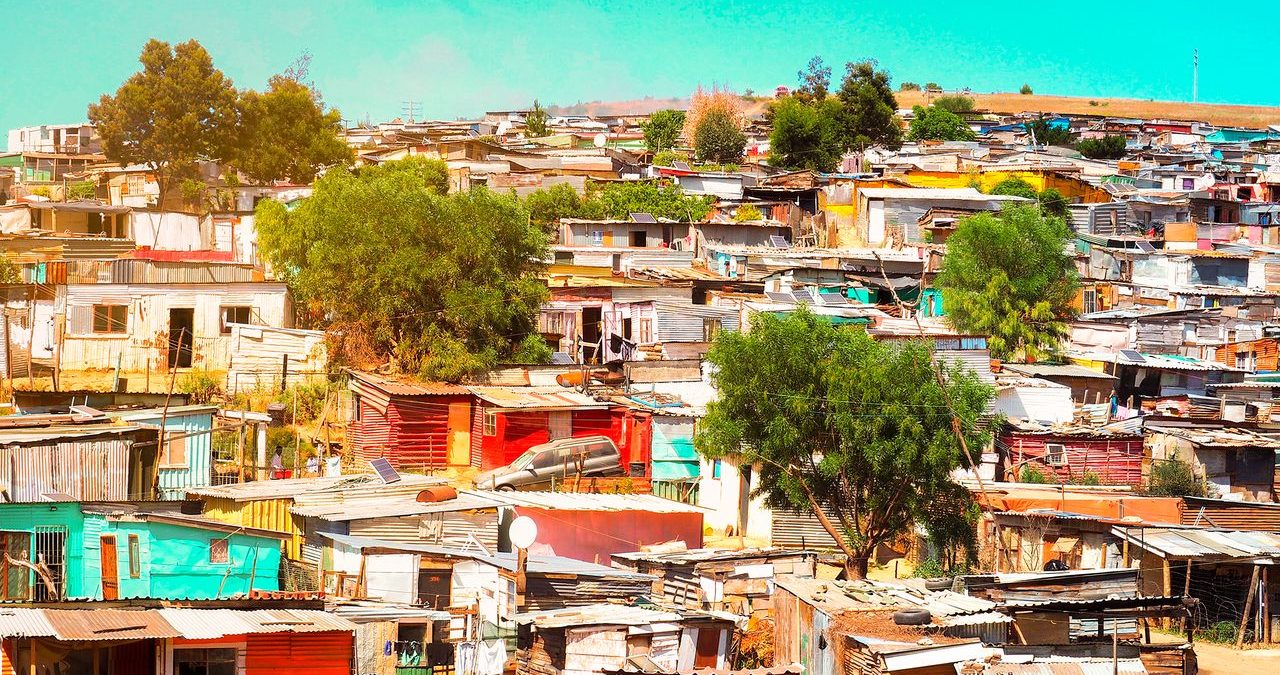Can the principles of topology help improve the world’s slums?
According to the United Nations (UN), nearly 1 billion of the 8 billion people in the world live in slums (1). These dense and disordered communities form in urban areas without a formal plan; their residents frequently lack addresses. Often they don’t have immediate access to water, power, or emergency services.
Slums stem from all sorts of complex social and economic ills that don’t have easy solutions. But these chaotic communities share a common trait: a lack of connectivity. “Many parcels aren’t connected to a broader urban infrastructure—roads, power, telecommunications, sewer lines,” explains Christa Brelsford, a fellow at the Oak Ridge National Laboratory in Oak Ridge, TN. Brelsford’s research examines ways that people interact with urban environments.
That lack of connectivity, she says, is essentially a math problem. For the last 5 years, she has been working with interdisciplinary researchers to analyze data, collected firsthand by residents, to define mathematical ways in which slums differ from more functional neighborhoods. The researchers are seeking efficient and nondisruptive ways to improve lives.
Read more about using math to improve the resources of disorganized neighborhoods here, at PNAS.
Photo: Shutterstock/PNAS
